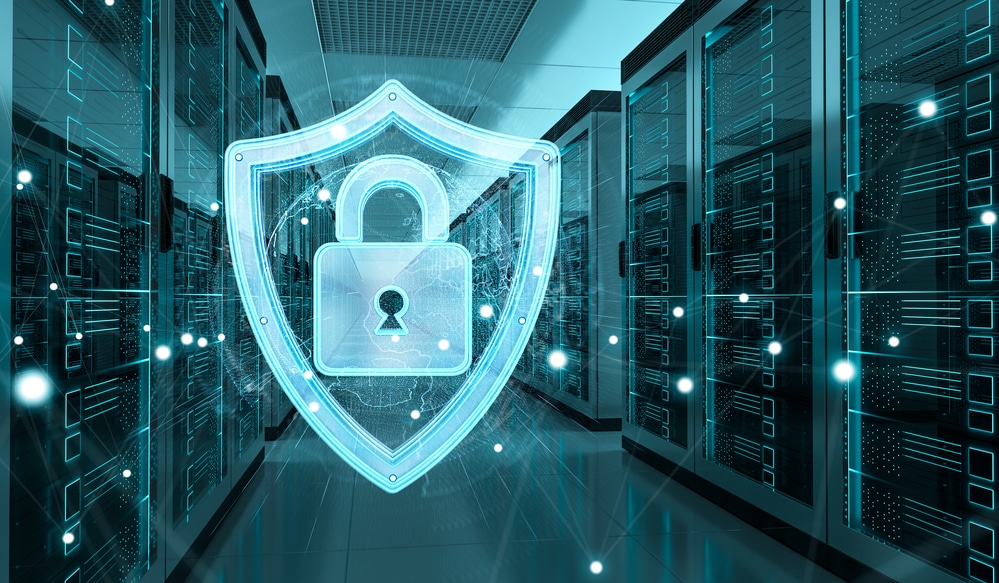In today’s digital era, server security is an absolute necessity. With cyber threats evolving rapidly, businesses and individuals must implement comprehensive security measures to protect sensitive data, maintain system integrity, and prevent costly breaches. This article outlines essential best practices for securing servers effectively, ensuring that organizations remain resilient against cyber threats.
A. Implement Robust Authentication Mechanisms
One of the first layers of security involves ensuring that only authorized users can access your servers. Weak authentication mechanisms make servers vulnerable to brute force attacks and unauthorized access. Consider the following authentication strategies:
- Enforce Strong Password Policies – Require complex passwords with a combination of uppercase and lowercase letters, numbers, and special characters.
- Enable Multi-Factor Authentication (MFA) – Add an extra layer of security by requiring users to authenticate using multiple methods (e.g., passwords and biometric authentication).
- Use SSH Keys for Secure Remote Access – Replace password-based logins with SSH keys for more secure remote connections.
B. Regularly Update and Patch Server Software
Outdated software and unpatched vulnerabilities are a goldmine for cybercriminals. Keeping server software up to date helps eliminate security flaws that hackers might exploit.
- Enable Automatic Updates – Configure automatic updates to ensure that the latest security patches are applied without delay.
- Monitor Vendor Security Advisories – Stay informed about security vulnerabilities and apply patches immediately.
- Regularly Update All Installed Software – Security is not just about the operating system; all applications and services should be updated regularly.
C. Configure Firewalls and Network Security Measures
A properly configured firewall is a fundamental defense mechanism that protects your server from unauthorized access.
- Use Firewalls to Restrict Unnecessary Traffic – Implement rules that allow only essential traffic while blocking unauthorized connections.
- Employ Intrusion Detection and Prevention Systems (IDPS) – Use tools like Snort or Suricata to detect and respond to suspicious activities.
- Disable Unused Network Ports – Minimize the attack surface by closing unused network ports and services.
D. Implement Data Encryption Techniques
Encrypting data ensures that even if it is intercepted, unauthorized parties cannot read or misuse it.
- Use SSL/TLS for Secure Data Transmission – Secure sensitive information by encrypting data transmitted over networks.
- Encrypt Stored Data – Protect stored data with strong encryption algorithms such as AES-256.
- Secure Backup Data with Encryption – Always encrypt backup files to prevent unauthorized access in case of theft or leaks.

E. Monitor Server Activities and Log Events
Regular monitoring allows for early detection of anomalies and potential security breaches.
- Enable and Analyze System Logs – Use logging tools such as Syslog or Splunk to track server activities.
- Implement Real-Time Security Alerts – Configure alert systems to notify administrators of suspicious activity.
- Perform Regular Security Audits – Conduct security audits to assess vulnerabilities and implement corrective measures.
F. Limit User Access and Privileges
Restricting access to sensitive server functions minimizes the risk of internal and external threats.
- Follow the Principle of Least Privilege (PoLP) – Grant users only the permissions they need for their tasks.
- Use Role-Based Access Control (RBAC) – Assign permissions based on user roles and responsibilities.
- Regularly Review User Access Rights – Periodically audit user permissions to remove unnecessary access.
G. Secure Remote Access and Connections
Remote access is often a target for cybercriminals. Strengthen security by implementing the following measures:
- Use Virtual Private Networks (VPNs) – Encrypt remote connections using VPNs to prevent unauthorized access.
- Restrict Remote Access to Trusted IPs – Allow remote access only from whitelisted IP addresses.
- Disable Remote Root Login – Restrict root access and require users to authenticate with lower-privileged accounts.
H. Implement Regular Data Backups
Data loss can occur due to cyberattacks, human errors, or system failures. Having a solid backup strategy is crucial.
- Schedule Automatic Backups – Set up regular backups to ensure data availability in case of incidents.
- Store Backups in Multiple Locations – Keep backups in different physical and cloud-based locations for redundancy.
- Test Backup Restoration Processes – Regularly test backup restoration to ensure data integrity and recovery efficiency.
I. Protect Against Malware and Ransomware
Cyber threats such as malware and ransomware pose significant risks to server security.
- Use Advanced Antivirus and Anti-Malware Solutions – Deploy security tools like ClamAV or Malwarebytes to detect and remove threats.
- Regularly Scan Servers for Vulnerabilities – Conduct frequent security scans to identify potential risks.
- Educate Users on Cybersecurity Best Practices – Train employees and users on how to recognize phishing attempts and malicious activities.
J. Conduct Periodic Security Assessments
Proactive security assessments help identify vulnerabilities before they are exploited.
- Perform Penetration Testing – Simulate cyberattacks to assess server defenses and identify weaknesses.
- Engage in Compliance Audits – Ensure adherence to security standards such as ISO 27001 and GDPR.
- Keep Security Policies Up to Date – Regularly update security policies to align with evolving threats and technologies.








